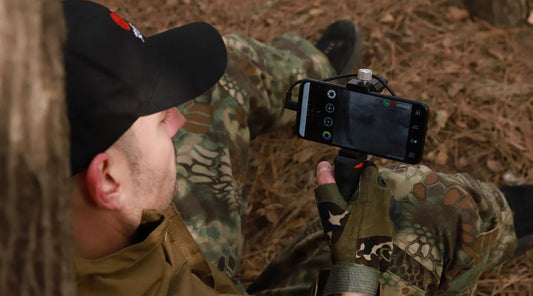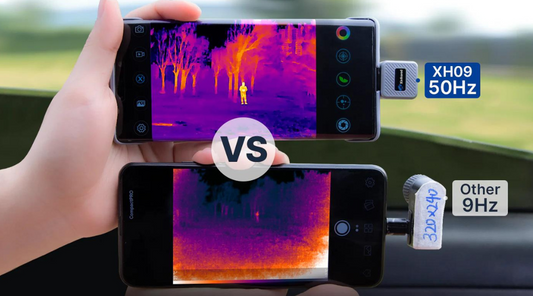Why Thermal Imaging is More Than Meets the Eye
Thermal imaging, often associated with security applications, is far more than what meets the eye. Beyond its apparent uses, thermal imaging holds a plethora of benefits across various industries, offering insights and capabilities that are invisible to the naked eye. In this article, we'll delve into the depths of thermal imaging, exploring its fundamentals, advantages, real-world applications, and future trends.

The Fundamentals of Thermal Imaging
At its core, thermal imaging harnesses the power of thermal energy and infrared radiation. Unlike traditional cameras that rely on visible light, thermal imaging cameras detect the heat emitted by objects and convert it into a visible image. This functionality enables thermal imaging to thrive in environments where visual perception is limited, such as in complete darkness or through smoke and fog.
Thermal imaging finds its applications across a diverse range of industries, from building inspections and electrical maintenance to law enforcement and wildlife conservation. Its ability to detect temperature differences with precision makes it invaluable for identifying anomalies, monitoring processes, and enhancing safety measures.

Exploring the Advantages of Thermal Imaging
One of the key advantages of thermal imaging is its enhanced detection capabilities in challenging environments. Whether it's locating hotspots in electrical systems or detecting intruders in low-light conditions, thermal imaging excels where traditional methods fall short. By revealing hidden thermal signatures, thermal imaging enhances situational awareness and enables proactive decision-making.
Moreover, thermal imaging plays a crucial role in increasing safety and security measures. In firefighting scenarios, thermal cameras allow firefighters to see through smoke and identify hotspots, guiding their efforts more effectively. Similarly, in enforcement, thermal imaging aids in tracking suspects and locating missing persons, saving valuable time and resources.

Unveiling Hidden Insights with Thermal Imaging
Beyond its immediate applications, thermal imaging unveils hidden insights that can have profound implications. In building inspections, thermal imaging exposes energy loss and inefficiencies, helping businesses reduce their carbon footprint and lower operational costs. By identifying areas of heat loss, companies can implement targeted improvements and optimize energy usage.
Furthermore, thermal imaging facilitates predictive maintenance by detecting equipment failures before they occur. By monitoring temperature patterns, businesses can schedule maintenance tasks proactively, minimizing downtime and preventing costly breakdowns. This proactive approach not only saves money but also extends the lifespan of equipment, improving overall efficiency and productivity.

Beyond the Surface: Real-World Applications
The versatility of thermal imaging extends to a wide array of real-world applications. In the medical field, thermal cameras aid in diagnosing conditions such as inflammation and circulation disorders by capturing heat patterns emitted by the body. Similarly, in agriculture, thermal imaging helps optimize crop management practices by identifying areas of stress or disease in plants.
In wildlife conservation efforts, thermal imaging is instrumental in monitoring animal populations and detecting poaching activities. By tracking heat signatures, conservationists can protect endangered species and preserve fragile ecosystems. Additionally, in search and rescue operations, thermal cameras enable responders to locate individuals in remote or hazardous environments, increasing the chances of a successful outcome.

Thermal imaging is more than just a tool for seeing in the dark; it's a powerful technology with far-reaching implications. From enhancing safety and security to revolutionizing industries, thermal imaging continues to push the boundaries of what's possible. As we look to the future, the potential of thermal imaging to transform our world is boundless.




